The lifecycle of energy in general and power in particular plants is similar to other industrial facilities with the phases of Design, Construction and Operation. Power plants have some differences of operating according to design standards. This requires adequate information for Owner or Operator to ensure appropriate plant operation. SDx from Hexagon is a specialized solution to information management of power plants in different perspectives:
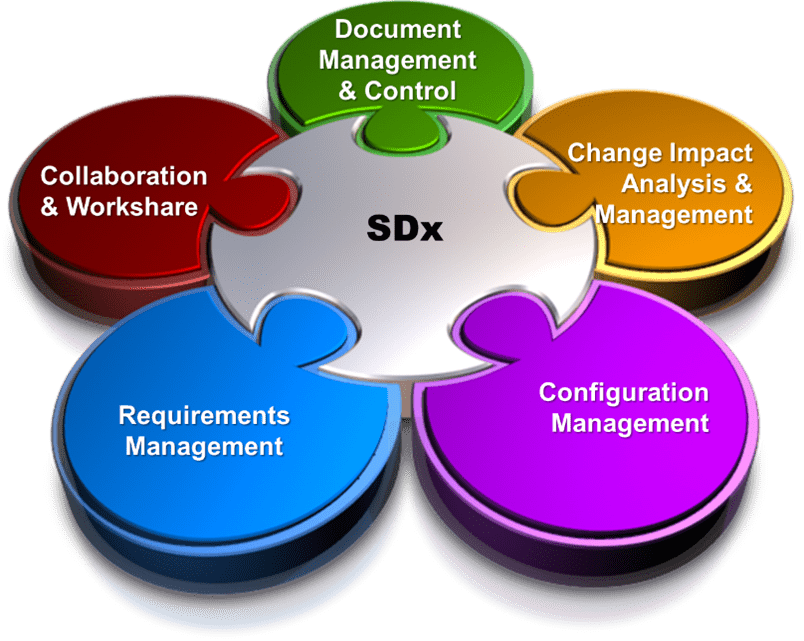
Data is used from design phase and as-is asset as the main platform to exchange information of the whole plant. The system allows users to manage changes in technical drawings and document versions together with operation proceedings. Using 3D CADs or other drawings like P&ID, Isometric, etc, users can easily search information based on different criteria. Following a pre-defined workflow, the system can validate data and classify it into appropriate data zone. The overall model of data centered operation is described as follows:
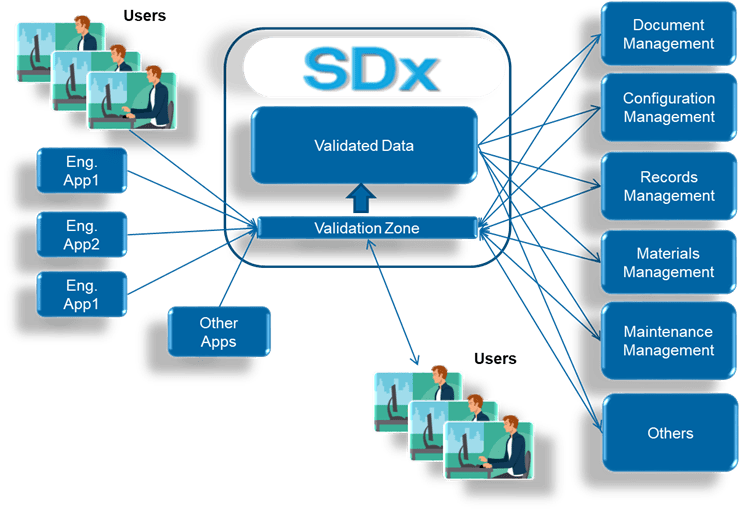
The solution allows to build the relationships between the as-is assets of the plant and the technical documents of the designer to create interlinked objects for analysis and change management purposes. This way can help users to link and access design and operation information from any real equipment. At each change, the system will analyze and generate alerts to follow and manage those changes.
Configuration Management and Information System (CMIS) is one of the components of the information management system to ensure the plant is operated in a safe and full mode as pre-defined. Hexagon’s solution allows linkage of rules, design data and asset information to ensure safe operation as configured in the plant. For each equipment, the system determines other related technical documents and operating rules. On the contrary, each technical document and operating rule can affect related equipment in the plant. With this bilateral link, information exchange is always ensured in terms of common operating rules and regulations.
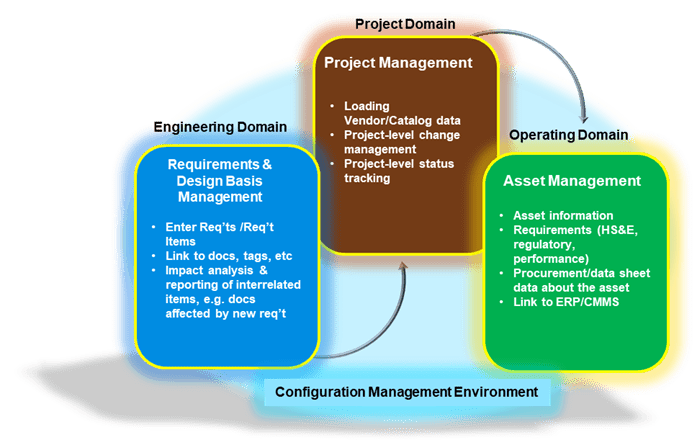
The solution allows users to organize, manage and follow commitments with the design domain and plant operation in an integrated environment by categorizing, classifying and linking these rules. The system can also form a common standard set at the industry, national or international levels. These standards can be divided into smaller regulations to link with a design or asset item. Additionally, integration capabilities with ERP, maintenance, supply chain, etc can help users to complete their overall management ecosystem.

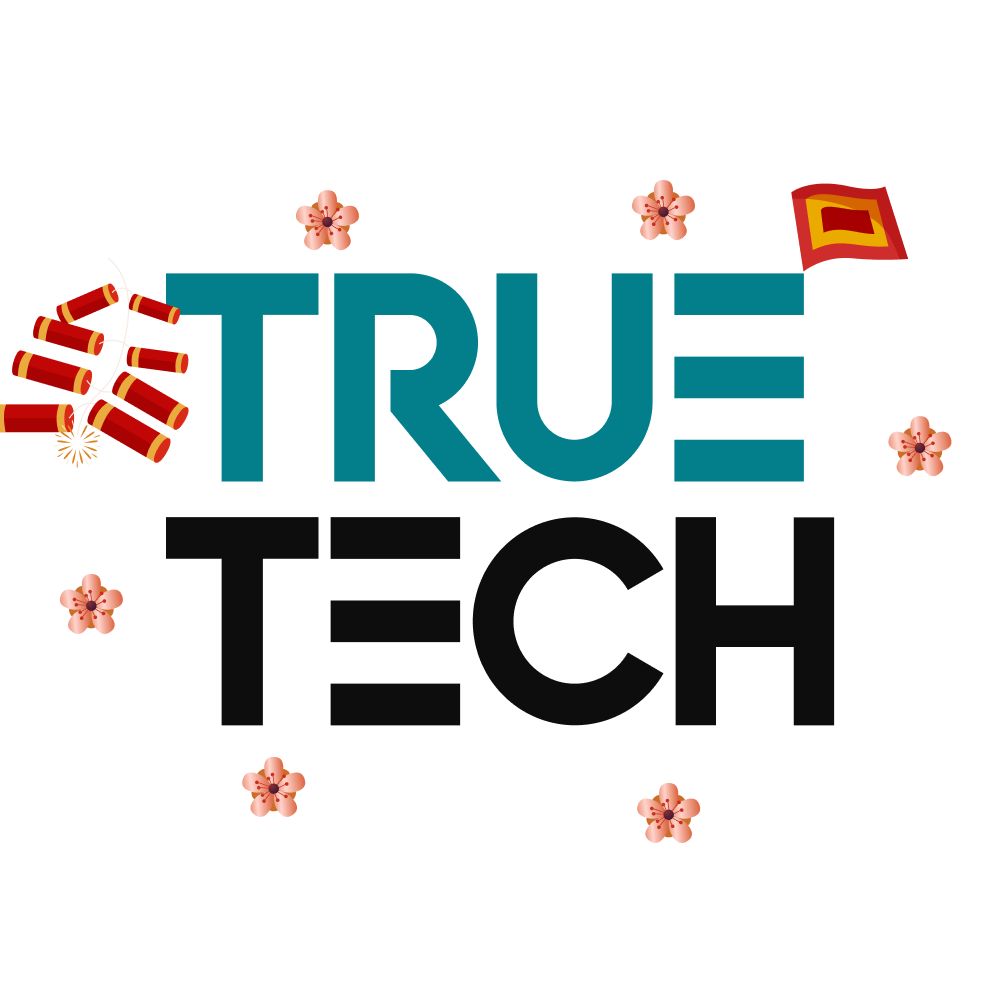
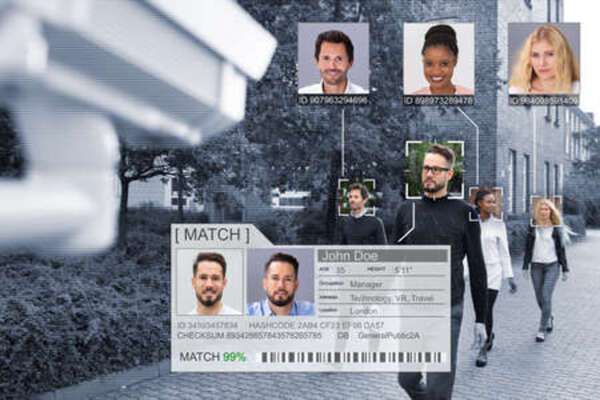




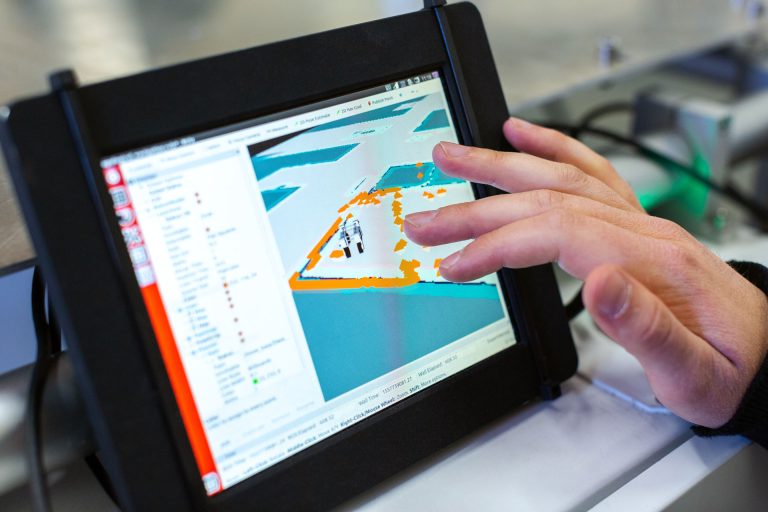
Comments